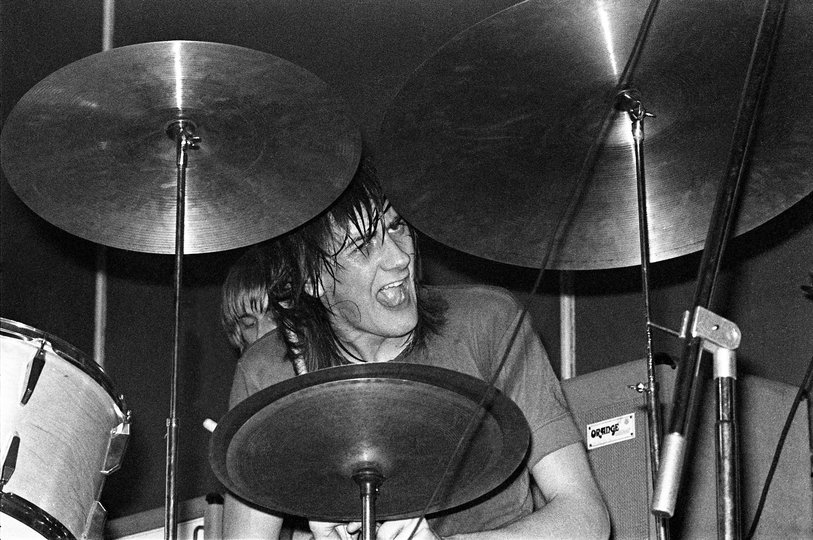Fleetwood Mac, founded in 1967 and named after drummer Mick Fleetwood and bass player John McVie, have sold more than 120 million records worldwide, making them one of the most successful bands in the history of music. Drummer Fleetwood, born in Redruth, Cornwall, on 24 June 1947, was integral to their success, and the best Mick Fleetwood performances have defined many of the group’s finest songs.
Fleetwood is one of pop music’s most celebrated drummers – his simple, distinctive style and ability to keep a perfect beat has been the glue that has kept Fleetwood Mac together for more than five decades. He has also remained a mainstay of the band through all its personnel changes, including the classic Rumours quintet of Fleetwood, McVie, Lindsey Buckingham, Stevie Nicks and Christine McVie.
Fleetwood once said that he plays “very physically” – including as a guest star, which he famously did on the Warren Zevon hit Werewolves Of London. Here, however, we pick out the ten best Mick Fleetwood performances with the group he helped take to worldwide fame.
Listen to the best of Fleetwood Mac here, and check out our best Mick Fleetwood performances, below.
10: Rattlesnake Shake (from ‘Then Play On’, 1969)
Fleetwood Mac co-founder Peter Green, a guitarist who’d worked with Fleetwood and McVie in the 60s as part of John Mayall’s Bluesbreakers, wrote Rattlesnake Blues, the stand-out track from Fleetwood Mac’s 1969 album Then Play On. The song showed off Fleetwood’s ability to play hard-edged blues. “On this song, you hear structure, yes, but you also hear me being incredibly free to break into the shuffle at the end, which was not supposed to happen, but it did, and we went, ‘Oh my God, we really like that.’” Fleetwood recalled in 2012. “I really loved that because it was my way of participating in creating the character of the song. It incorporated the freedom to go off on a tangent, to jam.”




